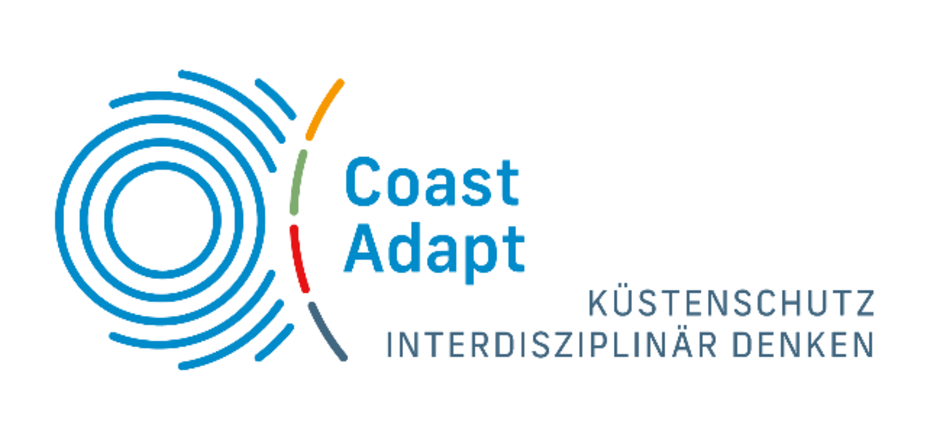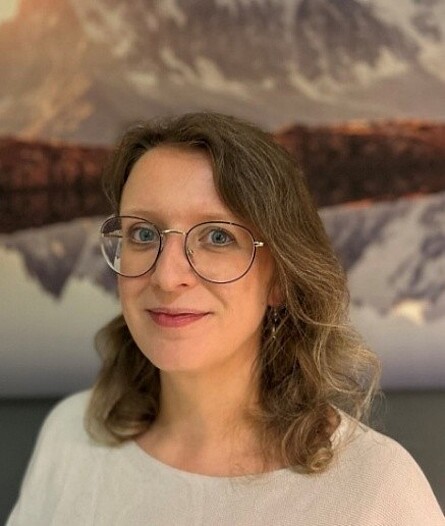
CoastAdapt: New team member Ines Bruns is exited to begin her work on the project

The geoscientist Dr Ines Bruns has been working in coastal and Quaternary geology for over ten years. Since the beginning of February, she has been supporting the project team led by Dr Friederike Bungenstock and Dr Martina Karle in the interdisciplinary project CoastAdapt.
Ines Bruns already studied the coastal Holocene of Lower Saxony and prehistoric storm surge deposits as part of her bachelor's and master's theses, which she completed in collaboration with the NIhK. For her dissertation, she conducted research together with Senckenberg am Meer on the anthropogenic impact on the sediments of the southern North Sea. Now, Ines Bruns will contribute her expertise in sedimentology and coastal development to the CoastAdapt project at the NIhK. Her research will focus on the geological characteristics of the transition zone between sea and land before the construction of dikes and how storm surges influenced the coastline at that time.
To achieve this, Ines Bruns will analyse archive data from the State Office for Mining, Energy, and Geology, which she has already worked with extensively during her time there. In addition, fieldwork will be conducted to precisely describe and sample the sediment sequences. A particularly exciting aspect of her research is the chronological classification of prehistoric storm surges, which remains challenging due to sparse dating. Ines Bruns will therefore also focus on dating storm surge deposits and analysing the Holocene sediment sequence. The results will provide an overview of the distribution of prehistoric storm surges across different time periods and serve as the basis for landscape reconstructions. These reconstructions will help to derive the long-term coastal morphological impacts of storm surges.
Ines Bruns will work closely with the project partners of CoastAdapt. One of the project's goals is to further strengthen the network between universities and non-university research institutions and to deepen collaborative research across various disciplines, such as geology, hydrogeology, ecology, and coastal engineering.
